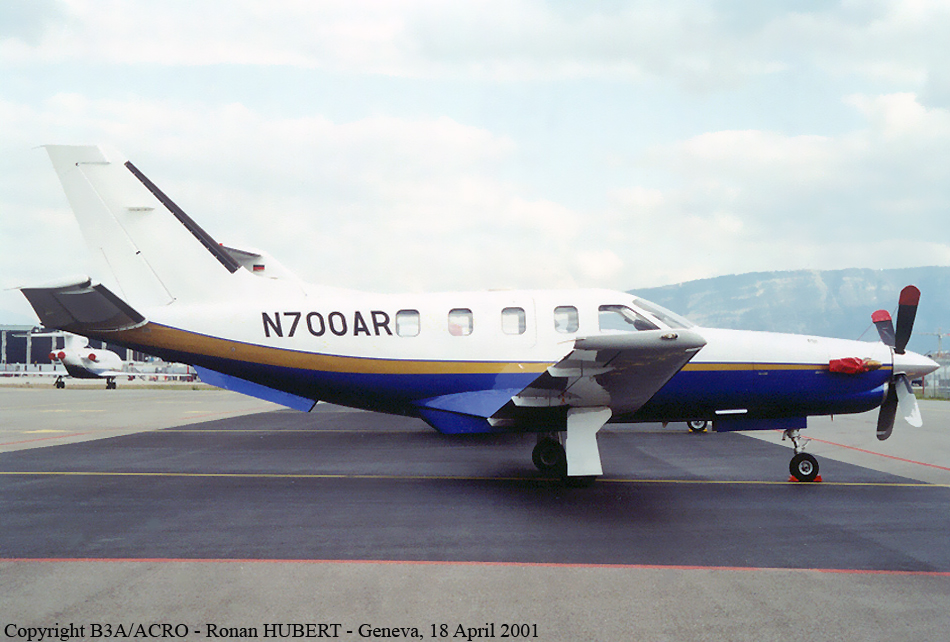Crash of a Socata TBM-700 in Moulins
Date & Time:
May 13, 2002 at 1538 LT
Registration:
N700AR
Survivors:
Yes
Schedule:
Clermont-Ferrand - Moulins
MSN:
023
YOM:
1991
Crew on board:
1
Crew fatalities:
Pax on board:
1
Pax fatalities:
Other fatalities:
Total fatalities:
0
Captain / Total hours on type:
35.00
Circumstances:
The single engine aircraft was completing an aerial photography flight from Clermont-Ferrand, carrying one passenger and one pilot. On final approach to Moulins-Montbeugny Airport runway 08, at a speed of 85 knots, the pilot estimated that the nose-up attitude of the aircraft was excessive and increased engine power. The aircraft rolled to the left, causing the left wing tip to struck the runway surface. Out of control, the aircraft impacted the ground, lost its undercarriage and slid fo 95 metres before coming to rest, bursting into flames. Both occupants escaped uninjured and fire brigade arrived 15 minutes later. The aircraft was destroyed by fire.
Probable cause:
It was reported that the approach was completed with the engine at reduced power. It was not possible to determine if the engine was running at 'full reduced power' or at a minimum of 10% of torque as preconized by the manufacturer. During an approach completed with an engine at 'full reduced power', the full power can be obtained only after a period of five seconds.
Final Report:


